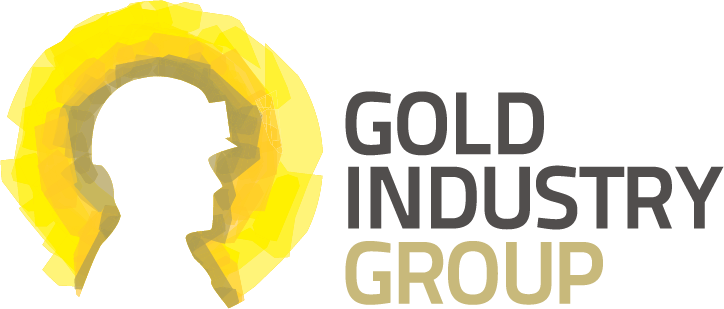The CoRE Learning Foundation is adapting to support schools with remote learning via its student driven model, focusing on their creativity, problem-solving and communication skills.
CoRE Coolgardie Field Trip in early March 2020
The Centre of Resources Excellence (CoRE) Foundation’s proven, student-centred Project-Based Learning (PBL) Model has been in development for over 15 years, originating at Kent Street Senior High School in Western Australia.
CoRE is an affiliate partner of the Gold Industry Group (GIG) and is supported by members IGO, Saracen Mineral Holdings, Gold Fields, St Barbara and WASMA. 2019 saw CoRE grow from two to 9 schools throughout Western Australia, many of which are based in remote regions such as Tom Price, Paraburdoo, Coolgardie and Norseman.
The integrated method of learning for primary and secondary students, focuses on reducing inequalities and celebrating inclusiveness and diversity. Students are engaged in STEAM (science, technology, engineering, art and mathematics) careers across the resources, defence and more recently space science sectors.
“Our students are not dependent on classrooms or desks. They rely on the creativity, problem-solving and communication skills,” said CoRE Learning Foundation Lead Suzy Urbaniak.
“Our approach to empowering young people, their educators and communities is built on a philosophy of resilience,” she said.
CoRE is about identifying real world problems and using technology to research and manipulate data to engineer an array of potential solutions. Students apply mathematical situations to understand the science which underpins the situation, using the arts to present their findings.
“The novel coronavirus 2019 (COVID-19) pandemic is changing the world of learning and how we connect.
“We are committed to the well-being of our educators, students, schools and their communities, and as such are well prepared to respond to the new challenge.
“CoRE’s lifelong learning approach was built to respond to challenges such as these, therefore while classrooms are closed, learning never stops,” said Ms Urbaniak.
As the COVID-19 situation continues to evolve and new measures are put into place daily, CoRE can push on through with its collaborative, student-centred learning approach which is fully supported remotely.
Traditional classroom models have been replaced by a contemporary model allowing children to still work in their business units remotely, undertaking their PBL's, now as an online function as opposed to the classroom and the outside world.
Founded based on remote educator training, support, mentoring and coaching for regional STEAM staff, CoRE provides contemporary professional development and support to ensure that regional CoRE is organic for all learning environments.
Through a partnership plan with industry and key stakeholders, CoRE incorporates value through community and environmental awareness, and continues to develop industry and education links aligned with evolving practices to ensure homegrown talent is available to meet the needs of the resource industry’s future career pathways.
To keep your kids engaged at home, we suggest trying our Gold CoRE Backyard Science Challenge.
CoRE’s STEAM Backyard Challenge: A Golden Treasure Hunt!
Suitable for ages 5 - 15 years.
Materials you’ll need:
50 different sized pebbles or rocks.
Gold paint (optional) to colour the pebbles.
A compass and set of scales.
A reward.
70% of these golden pebbles will form the main ore deposit while 30% of the pebbles will be tracers (a trail or anomaly for students to follow in order to locate the main gold deposit).
Method of activity:
Identify an area of the backyard for the main ‘gold’ deposit and make sure you can also identify areas where satellite deposits can be located.
Dig and cover your deposits – make sure it is around 1 metre long (70% pebbles) then arrange and cover the other 30% pebbles as discrete satellite deposits. Use subtle identifiers to mark these satellite deposits – something unusual (e.g. a chocolate bar) to get students going and encourage them to study the area.
To find the ‘gold’, have students first make a map of the backyard. A compass and a virtual tape measure app on the phone would be useful (as this engages their mathematics skills). On the map they’ll need to identify the satellite deposits and use this information in order to locate the bigger ‘gold’ deposit.
Tip: For older students, at this stage maybe some exploration research would be useful or a study of a world-class Australian gold mine would be beneficial.
Once they find the deposit, they must work out a way how to mine it safely. Once they mine the gold, they are then to process it – clean it up, and take it to the “mint” where it will get weighed.
Tip: For older students, use a spread sheet to better compile this data.
Weigh each pebble in grams and calculate the total weight, then convert the total grams to ounces – 1 ounce = 31.1034 grams – and the total ounces to Australian dollars using the current market price. Your kids can then be paid for their mining efforts with a special treat!
For more information on how to further extend this task, contact Suzy@corefoundation.com.au.

